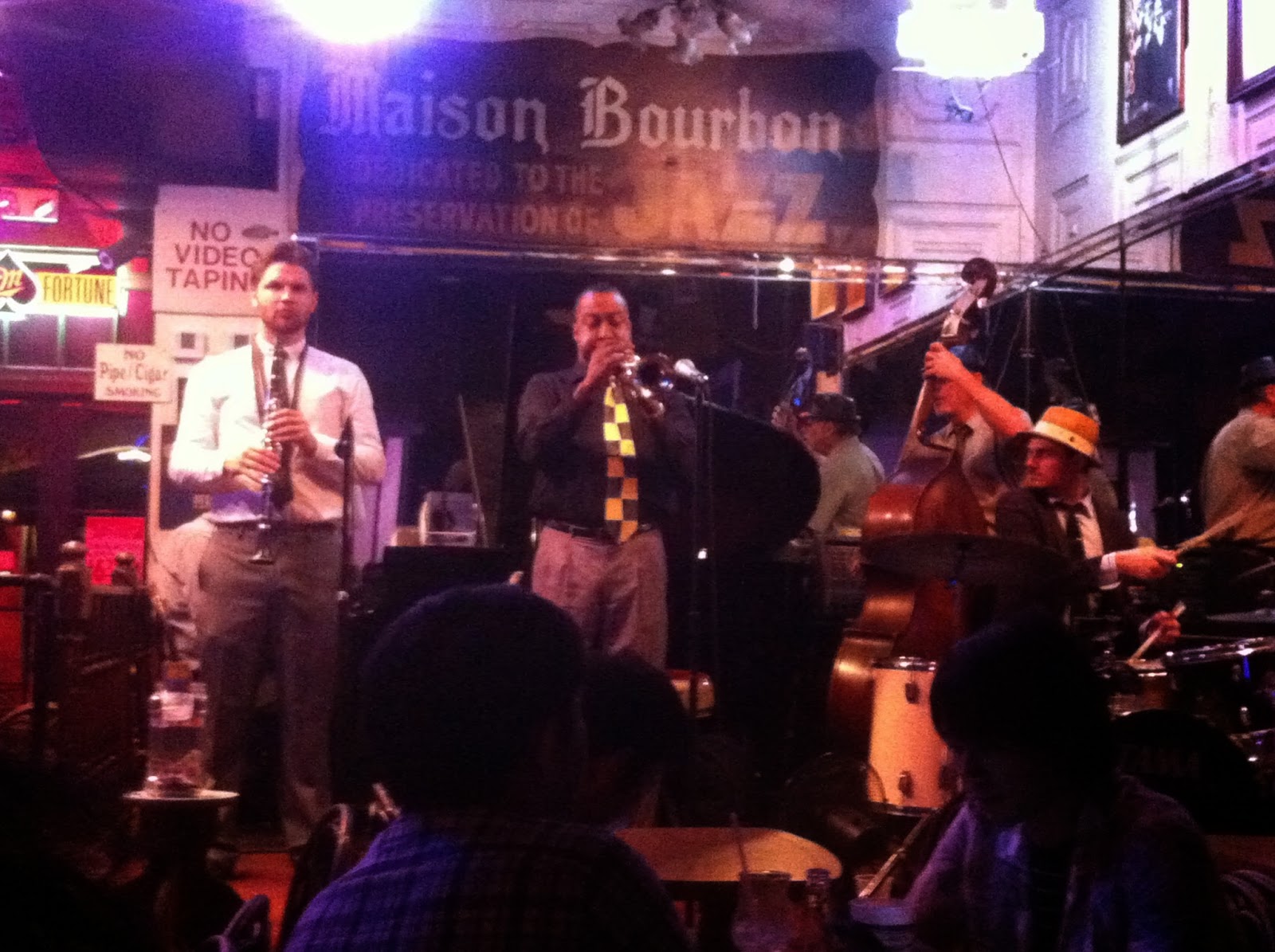I recently listened to the memoir in audiobook format of a
fascinating woman, the legendary “triple threat” entertainer Rita Moreno.
Rita Moreno: A Memoir concentrates heavily on her early years,
when her mother, without explanation, packed her up and insisted they leave the
idyllic village in Puerto Rico where they were surrounded by family and
migrated to the cold urban landscape of New York. Her mother never fully explained
why they abandoned her baby brother, and Moreno is candid about the fact that
never getting to know him is one of her biggest regrets.
Moreno is a natural writer, describing in vivid detail the
colors, sights, sounds and tastes of her homeland – even though she left when
she was in kindergarten – and the stark, gray, unwelcoming metropolis of New
York.
Without much formal training in the areas in which she would
later excel – acting, dancing and singing – Moreno started to work steadily as
a performer in her late teens in the late ‘40s and early ‘50s. She and her mom
eventually relocated to Los Angeles so she could break into the movies.
Hollywood eventually dubbed Moreno the “Latino Elizabeth Taylor,”
and Moreno describes how she tried hard to emulate Taylor’s trademark hairdo in
the ‘50s when she auditioned for famed MGM studio honcho Louis B. Mayer.
Mimicking Taylor worked, and Moreno was hired as a contract player – which was
quickly becoming a dying breed as the studio system began to dismantle and more
actors became independent contractors.
 |
Rita Moreno was dubbed the "Latino Elizabeth Taylor"
early in her career. |
Moreno offers intriguing insights into the old studio system and
her adventures on the set of classic films such as Singin’ in the Rain and The
King and I.
But if you’re looking for juicy backstage gossip on the filming
of West Side Story, for which she won an Oscar for Best Supporting Actress,
you’ll be disappointed. She barely mentions the landmark musical except to say
that throwing herself into the filming helped her get over her broken heart
when she finally broke off her stormy on-again, off-again relationship with Marlon
Brando.
 |
| Moreno was an Oscar for her role as Anita in West Side Story. |
And, inexplicably, Moreno doesn’t even mention one of her
biggest hit movies, The Four Seasons, costarring Alan Alda and Carol Burnett. I
loved that movie as a kid, since it was always on cable TV, and was baffled
that it was left out of her life story (unless the audiobook is abridged and it’s
included in the print version).
Watch the trailer for The Four Seasons by clicking
One thing that really struck me about Moreno’s story is how she
describes being typecast early on in her career as a garden-variety “vague
ethnic type.” She was often cast as a Native American or Island girl support
player in movie musicals and Westerns. It seems to me, this ability to “pass”
as racially undefined was both a blessing and a curse.
On the one hand, being “exotic” enabled Moreno to work steadily.
She landed more roles, even if they were bit parts, than many of her Caucasian
peers who didn’t have a look that made them stand out. And Moreno undoubtedly
worked more often than African-American actors who couldn’t pass for Native
American, Italian or Polynesian.
But Moreno raises a good point that people of color should be
able to have pride in their ethnicity and portray who they actually are
onscreen. Strangely, it seems like Hollywood has regressed in many ways to
the early days of the studio system when most of the major roles in big
historical epics were played by white actors, regardless of the characters’
race.
For example, there is currently a controversy over Exodus: Gods and Kings,
the forthcoming biblical epic about Moses in which all the Egyptian characters
are portrayed by Caucasians such as Sigourney Weaver. Flashback to 1963, when Elizabeth Taylor played Cleopatra.
Perhaps because of the racism Moreno was exposed to in the
entertainment industry, she became a civil rights activist. In her memoir, she
describes taking part in the March on Washington and other milestones in the
civil rights movement.
CONCLUSION: Rita Moreno: A Memoir is definitely worth picking up. It’s a
riveting look into the life of a woman who blazed many trails.































